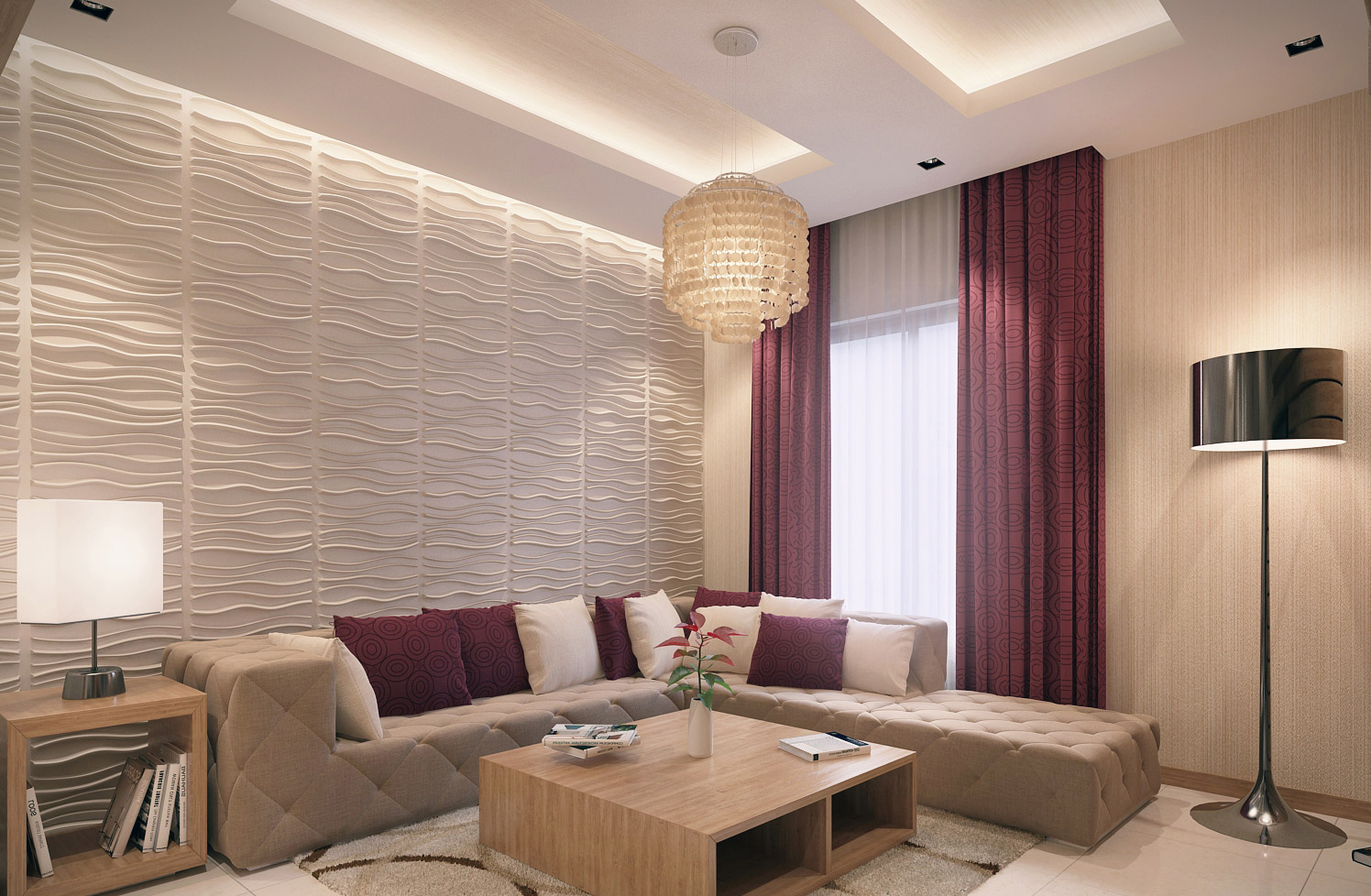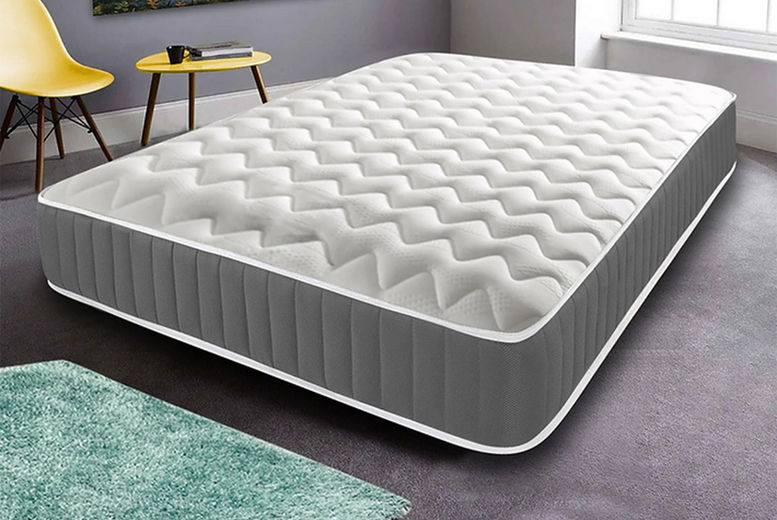Modern kitchens often feature sleek, minimalistic finishes with flat surfaces, clean lines and shapes, and a focus on function over flash. To create this look, most modern kitchen spaces are designed with stainless steel appliances, neutral colors, white and gray tones, linear cabinetry with simple, modern hardware, and natural light. To really emphasize the modern kitchen look, add touches of retro pieces and bold accents for a unique modern kitchen design. When it comes to counter space, modern kitchen designers often think outside of the box. Options may range from exposed wood to concrete with glass tile or recycled materials. For backsplashes, subway tile in multiple colors and finishes can add both visual texture and depth. Modern Kitchens
Country kitchen design evokes feelings of warmth and comfort. They are typically centered around natural elements and materials. To create this look, wood and natural stone are often the essential elements. For cabinets, a light finish and decorative hardware are perfect for giving a country kitchen a rustic vibe. Country kitchen design is often improved with open shelving and sliding drawers, making it easy to grab utensils and other items quickly and easily. Another great touch for a country kitchen is hanging copper or stainless steel pans, which help to give it a unique and inviting country kitchen look.Country Kitchens
Contemporary kitchen designs exude minimalism and sharp lines. To achieve this look, homeowners often opt for neutral tones, stone countertops, and cutting edge technology. Contemporary kitchen design often uses touches of wood to add warmth to the sterile, minimalist atmosphere. Concepts for storage with contemporary kitchen design range from using wall cabinets to keeping the space open. Natural light plays a major role in contemporary design, so be sure to make as much of it as possible. Reflective surfaces such as glossy tile and mirror finishes help to increase the natural light in your contemporary kitchen. Contemporary Kitchens
Traditional kitchen designs focus on timeless elegance and comfort. To create this look, homeowners often reach for classic colors such as white and cream with hints of warm wood. Design elements include crown molding, classic furnishings, and unique cabinet hardware. Hand painted tiles are common choices for backsplashes in traditional kitchen design. Since traditional kitchens are designed with a unique style, it’s important to pay attention to details. The cabinets should be comfortable to open, so opt for non-obsolete hardware. Natural light helps soften the look of traditional kitchens, but if that’s not an option, opt for warm toned lighting fixtures that will still create a traditional kitchen vibe.Traditional Kitchens
Rustic kitchen design can often be used to describe almost any kitchen with an earthy, natural flavor. Wood tones, vintage fixtures, and contactpaper are all common components of rustic kitchen design. To make the most of this style, mix various textures, finishes, and fabrics. Lighting fixtures are an important aspect of rustic kitchens, and can range from upcycled items to elegantly designed antiques. Materials such as brick, concrete, tin, wood, and steel are also often used in rustic kitchen designs. Pops of color, such as sage green or mustard yellow can enliven the atmosphere. Keep in mind that while the rustic look may be casual, it shouldn’t be sloppy. For a successful rustic kitchen design, keep everything professional and neat for a rustic kitchen look that won’t disappoint.Rustic Kitchens
Mediterranean kitchen design is a combination of traditional and modern design with a Mediterranean twist. To get this look right, think about incorporating stainless steel appliances, wood cabinetry, and an upcycled style. Colors in Mediterranean kitchens often include warm hues like terracotta, orange, yellow, and green, as well as whites, blacks, and other neutral colors. Mediterranean kitchen design often incorporates stone accents for decoration. Natural stone or tile counters or floors can make a great touch, while patterned tile can add a unique twist. Look for hanging lantern-style lights, furniture with intricate ironwork, and accessories like painted ceramics or antique baskets to give your Mediterranean kitchen a unique, Mediterranean kitchen style. Mediterranean Kitchens
Transitional kitchen design combines traditional and contemporary components to create a unique and subdued interior. To get this look, locals, metals, rustic woods, concrete, and glass are often mixed and matched to create a unique look. Counter space can range from custom innovations like concrete counters to traditional options like granite. Transitional kitchen design can often be defined by its use of luxury appliances, intricate hardware, and unusual cabinet design. To keep a transitional kitchen from looking sterile, keep in mind to incorporate touches of warmth. Natural light and earthy colors create a visually pleasing aesthetic that can really emphasize the transitional kitchen style.Transitional Kitchens
Cottage kitchens often incorporate vintage elements for a timeless, classic look. Vintage light fixtures, painted cabinets, and playful wall tile are common components of cottage kitchen design. Colored cabinets with unique hardware can also help create a vintage feel. A vintage sink, repurposed furniture, and open shelving are all great details for a cottage kitchen. To keep the look streamlined, try introducing harmony to keep the eye from being distracted. Overall, a cottage kitchen should exude the feeling of a comfortable and inviting home to capture the vintage cottage kitchen charm.Cottage Kitchens
Industrial kitchens often feature utilitarian designs that emphasize practicality and high-end materials. To create this look, homeowners often focus on metal elements and exposed infrastructure such as cement floors. To keep the industrial kitchen look modern, focus on mixing the metal elements and industrial elements with warm toned woods. The hardware elements in an industrial kitchen should be unique and practical, such as sliding hooks for mugs and open shelving for spices. Since industrial kitchens can look cold, try adding a few vibrant pops of color here and there. An industrial kitchen should never be too soft, but a few plants or other unique objects can really enliven the industrial kitchen look.Industrial Kitchens
Scandinavian kitchen designs are known for their minimalist designs and cozy atmosphere. To create this look, use light wood accents, stainless steel appliances, and textured tiles. Paint walls in shades of gray, white, and beige for a cozy, light color palette. Homeowners should focus on smaller, functional details when building a Scandinavian kitchen. Look for shelving with intricate designs, statement chairs, and unique lighting fixtures. The colors in a Scandinavian kitchen should be calming and soothing. Opt for muted colors such as blues, greens, and natural wood tones for a subtle Scandinavian kitchen charm. Scandinavian Kitchens
PRIMARY_Kitchen design rooms are the perfect option for those looking to incorporate functionality, style, and comfort into one space. With a variety of styles available, homeowners have a wide range of options to suit their taste. From modern to rustic, there is a kitchen design to fit every lifestyle. PRIMARY_Kitchen design rooms also allow homeowners to incorporate different materials and shapes to create the perfect kitchen for their needs. From stone countertops to subway tiles, there are always plenty of options to choose from. With a PRIMARY_kitchen design room, homeowners can create a stylish space that also meets all of their needs. For the stunning kitchen of your dreams, opt for a PRIMARY_kitchen design room.PRIMARY_Kitchen Design Rooms
Maximizing Space and Functionality With Kitchen Design Rooms

When it comes to making the most of your kitchen design rooms, space and functionality are key. Fortunately, modern kitchens offer plenty of innovative and creative ways to get the most from your cooking and entertaining space. There are a variety of different kitchen appliances, materials and design features that can make your cooking space more convenient and efficient.
Maximizing Storage Space in Kitchen Design Rooms

One of the best ways to ensure that your kitchen design rooms are efficient is to make sure that you are utilizing every last inch of storage space available. This includes cabinets and other storage options such as pullouts and pantry systems. There are many creative ways to make ‘hidden’ storage space work for your kitchen design rooms, such as using a cabinet island or utilizing wall space for additional shelving.
Selecting the Right Materials

The right materials are essential for any kitchen design rooms. Popular options include natural wood, granite, quartz, Corian and stainless steel. Each material comes with its own set of advantages, so be sure to consider things such as cleaning, durability and cost before making your final selection. It’s also a good idea to stick to neutral colors that won’t go out of style anytime soon.
Make Room for Smart Appliances

Today’s kitchen design rooms can benefit greatly from the inclusion of smart appliances . Smart kitchen gadgets like refrigerators, microwaves and ovens can make your prep and cooking time more efficient while being energy-efficient. Additionally, you may want to include other backups or convenience appliances such as blenders or toaster ovens.
Make Your Kitchen Design Rooms Comfortable for Everyone

When designing the perfect kitchen design rooms, don't forget to consider the comfort of those who regularly use the space. Usually, designing from a child’s perspective is the best way to go, as you need to make sure that the layout and appliances are appropriate for them and fit their size range. Additionally, make sure that there is adequate countertop and floor space to accommodate other family members and guests. Additionally, you may want to invest in comfortable seating that can double as additional storage space.










































































































